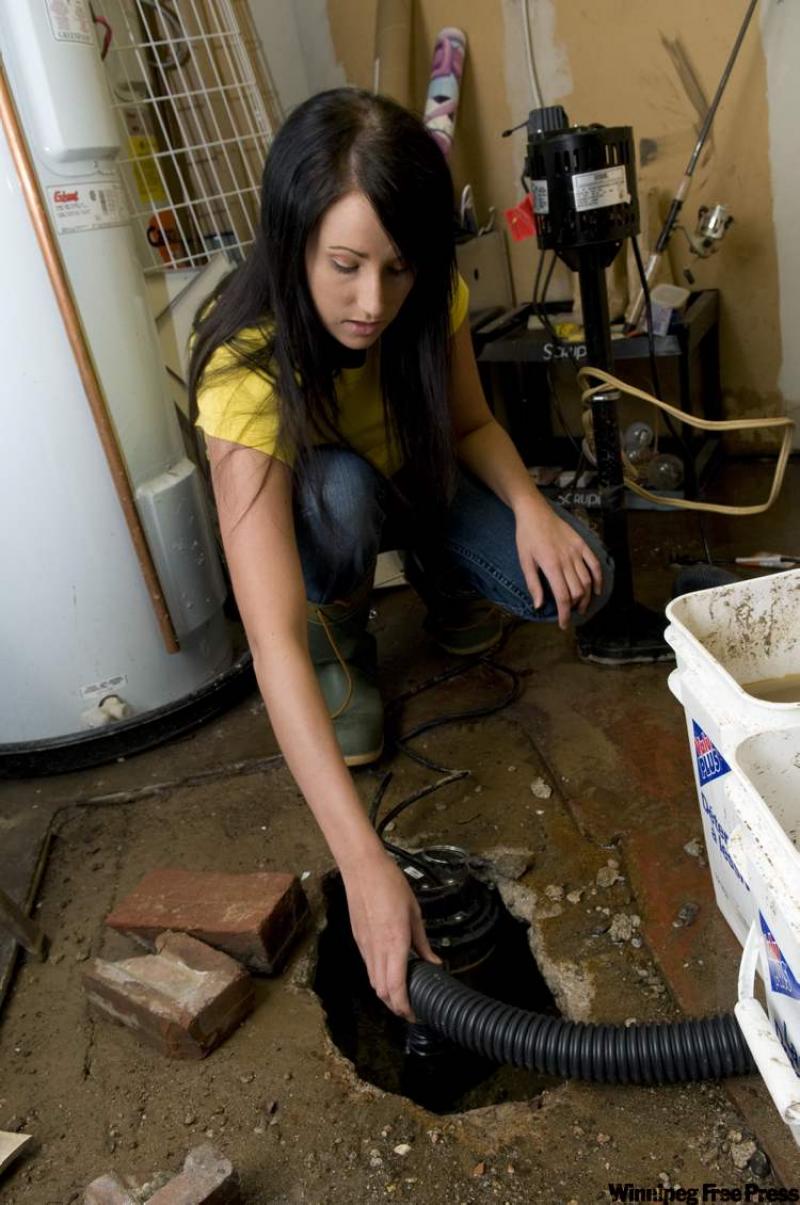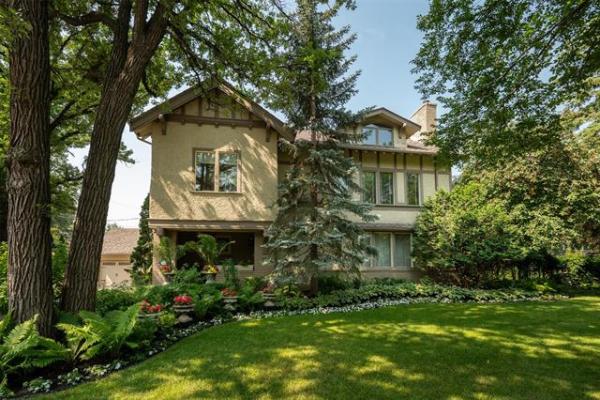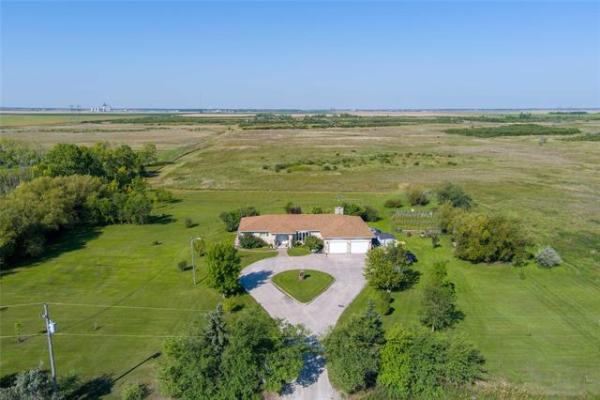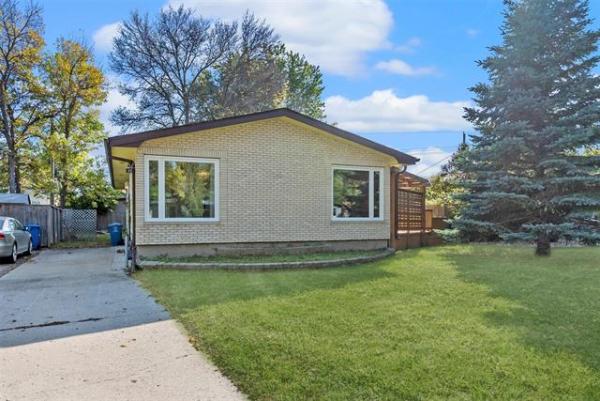
QUESTION: My access port for my backwater valve is filling up with water very slowly and I was wondering if you could tell me why. Thank you, Tom Paquette, St. James.
ANSWER: There may be several reasons that water is seeping into the access area above the backwater valve in your basement floor slab and I will explore these possibilities. Only one may be of real concern, but the others may require attention of a different nature.
For those who live in older homes or other readers who simply don't know what a backwater valve is, it's a simple device installed within the main plumbing drain piping underneath your basement floor slab. The function of this one-way valve is to allow waste to exit the home's plumbing system, but also prevent sewage from backing up from the municipal sewer in case of a problem. These valves are typically installed in newer homes near the location where the plumbing drains exit the home or near basement fixtures such as a bathroom, laundry or floor drain.
While these plumbing devices may work well with no maintenance for many years, sometimes they become damaged and need to be repaired or replaced. That's the function of the access port you have noted in your question. This port is normally a short, round section of ABS pipe with a cap installed between the top of the valve assembly and the top of the basement floor. To access the valve, the top cap is removed, which exposes the top of the valve assembly that can be removed by reaching down through this pipe.
The only real problem that could cause leakage into the access area would be damage to the valve assembly. This could be a crack or hole in the drainpipe, damage to the valve itself, or a loose or broken cover. Repairs may range from a simple removal and tightening of the valve cover to removal and replacement of the entire valve assembly. The latter repair may require breaking up a section of the concrete floor around the area to access the drainpipes. This repair should only be attempted by a licensed plumber after removal of the access cover and proper inspection to ensure it is necessary.
Some of the other possibilities all may relate to the original installation of the access port or movement that may have caused the problem to develop. The most likely scenario for the moisture intrusion into this area is from sub-slab water that is seeping into a small gap around this pipe. This may be caused by movement of the basement floor slab or wearing out of sealant between this area and the valve assembly.
In either situation, sealing the joint between these two areas at the bottom of the access port, after the water is removed, may stop further seepage. Unless the pipe itself has broken or cracked from shifting, simple caulking with a high-quality sealant may prevent future problems.
The reason you are seeing the water in this area this summer is likely due to the large amount of rain we have had. In normal weather conditions, the weeping tiles surrounding your basement foundation walls may be sufficient to drain excess soil moisture to your catch basin and sewer or sump pit. With the extreme amount of rain we have recently experienced, the soil around your home may have become saturated and the weeping tile may be unable to prevent excess moisture seeping underneath your basement floor slab.
If this soil remains wet for a period of time, the moisture will try to escape and may enter the home through small cracks or openings in the floor slab by hydrostatic pressure. One of these points may be any gaps around your backwater valve. Because this area is one of the lowest access points, it's likely the water will seep in there rather than through higher areas near the top of the concrete floor slab.
The final place to check is your sump pit, if you have one installed. If the sump pit is the main area into which your weeping tiles drain, you should remove the lid and check the sump pump and terminal ends of the weeping tiles. If the sump pump has a float switch, it may be damaged or misaligned, preventing proper operation of the pump. Often, these can become wedged in between the pump and the pit walls or weeping-tile ends.
The telltale sign of a problem will be too high a water level in the bottom of the pit, which may partially or completely fill the weeping tiles. If the water level is above the bottom of the weeping-tile termination ends, repairs are needed immediately. If water is allowed to remain inside the weeping tiles for an extended period of time, it can cause the soil beneath your basement floor slab to become soaked. This would easily explain the excess moisture leaking into the area of concern and immediate adjustment, repairs or replacement of the sump pump would be warranted.
While it's a good idea to regularly check areas in the basement for moisture intrusion, especially with the weather we have been experiencing, minor seepage in areas like your backwater valve access may or may not be of concern. If you follow my advice and your sump pit and pump appear fine, and no other issues can be seen, you may simply have to wait a few days for dryer weather for the water to recede before you can reseal the area in question.
Ari Marantz is the owner of Trained Eye Home Inspection Ltd. and the president of the Canadian Association of Home & Property Inspectors -- Manitoba (www.cahpi.mb.ca). Questions can be emailed to the address below. Ari can be reached at (204) 291-5358 or check out his website at www.trainedeye.ca
trainedeye@iname.com



